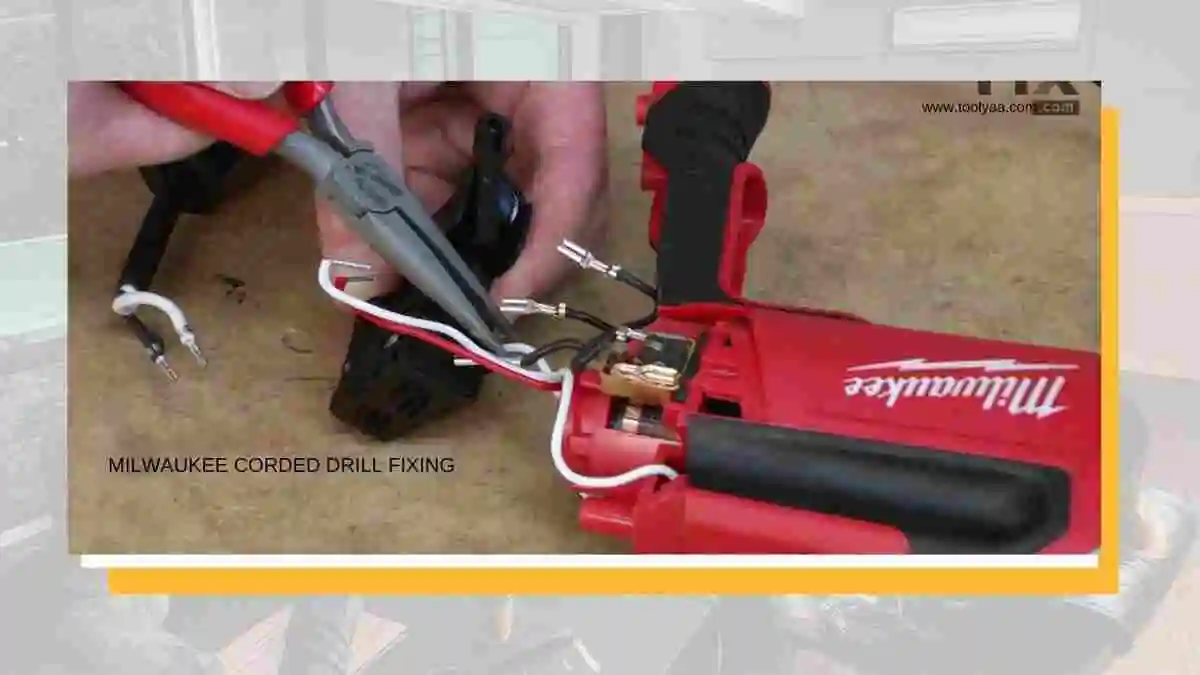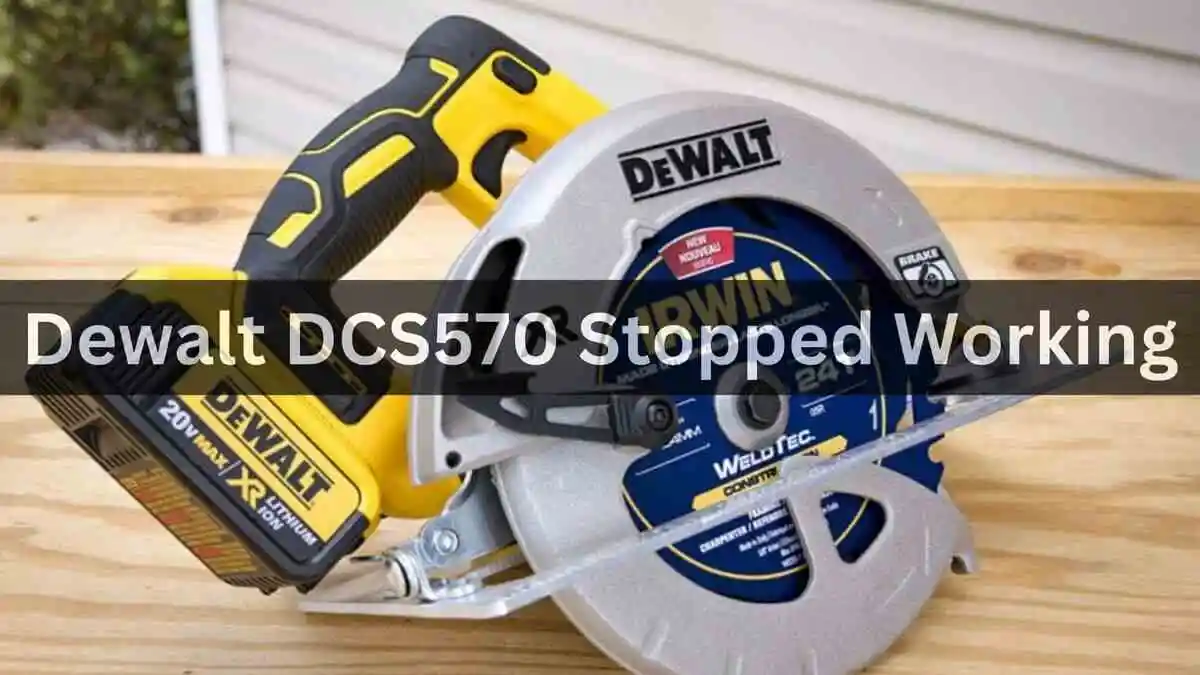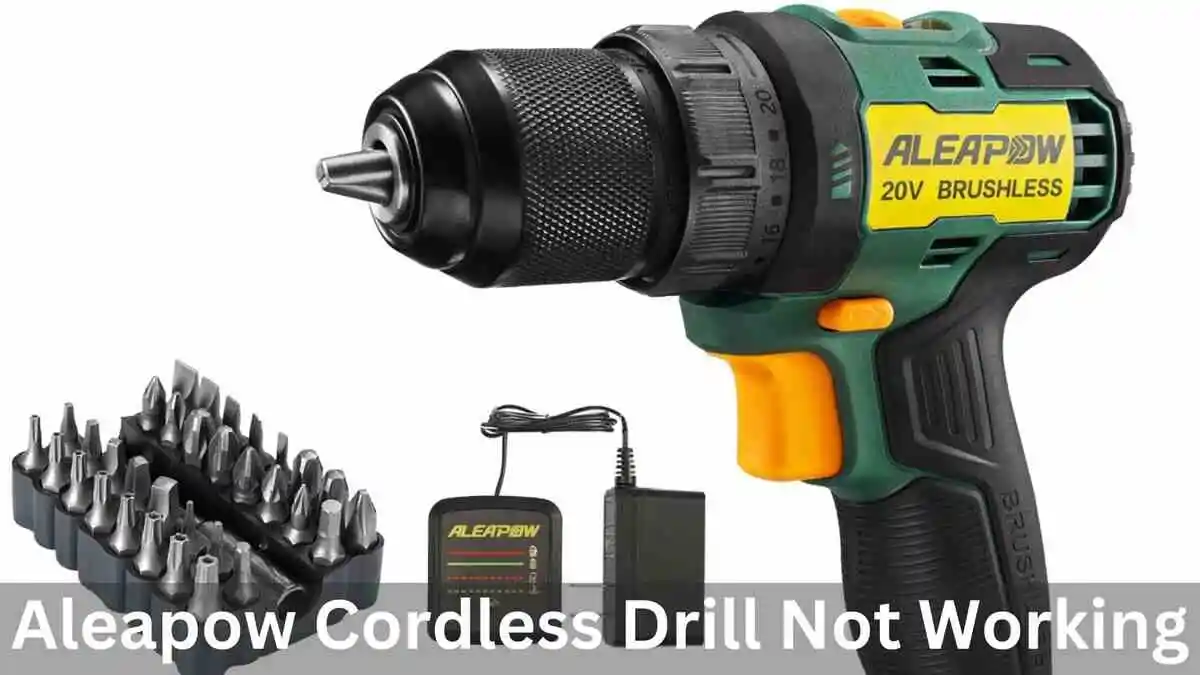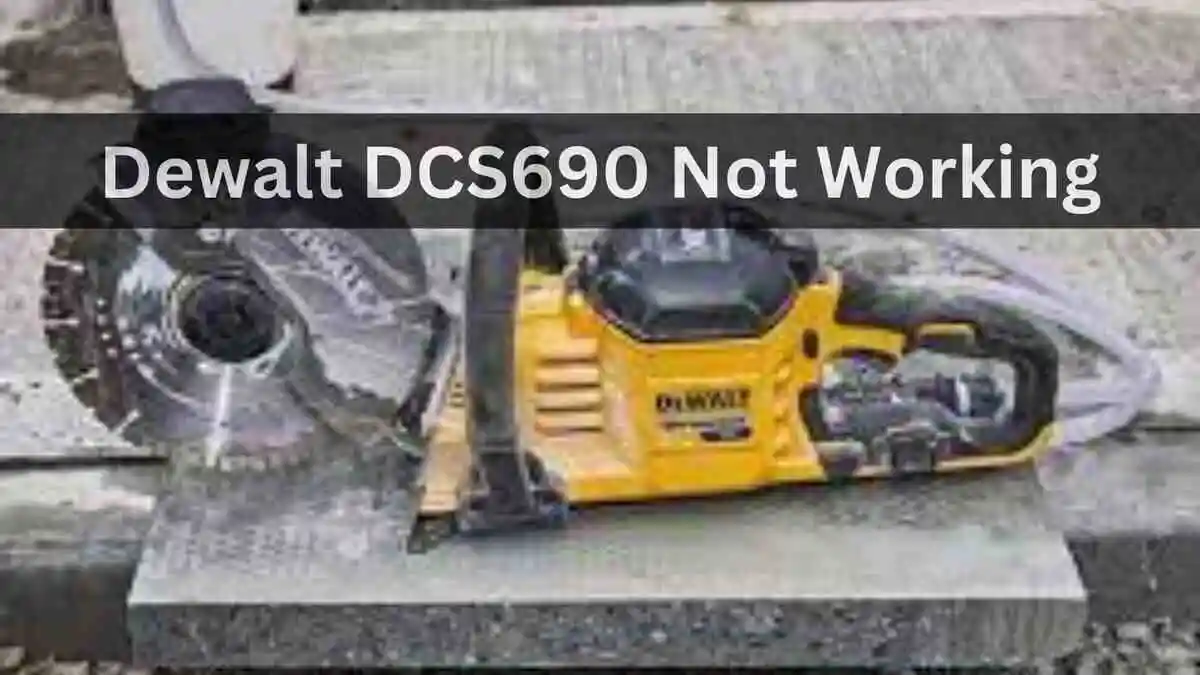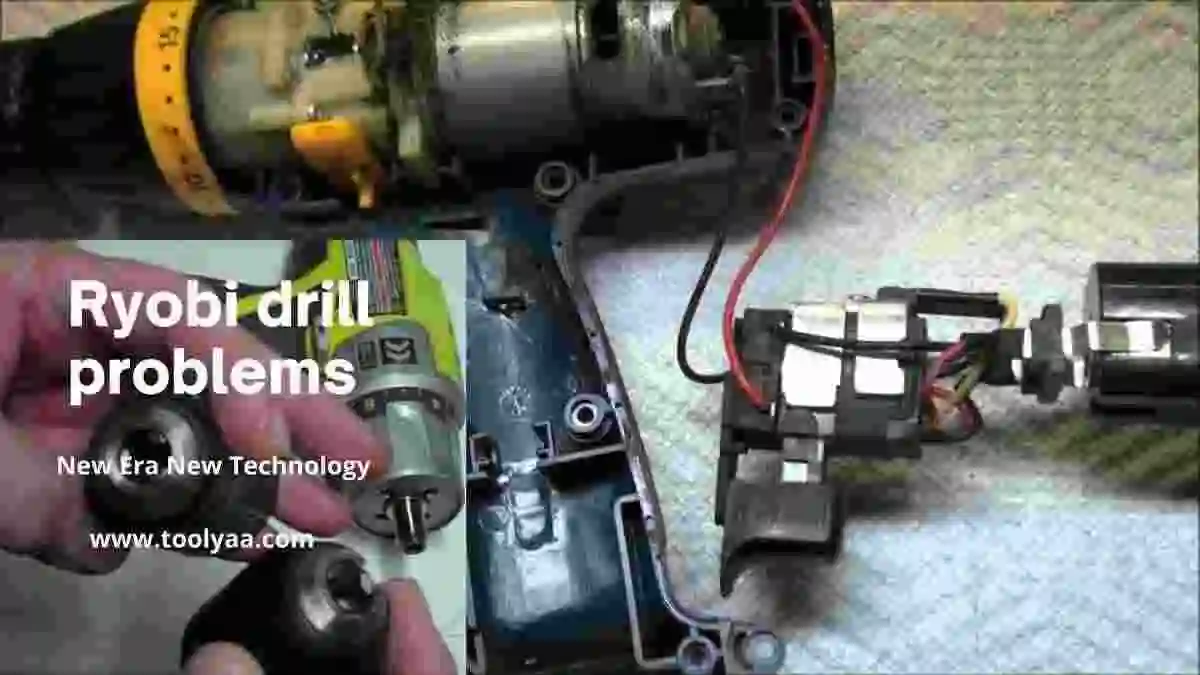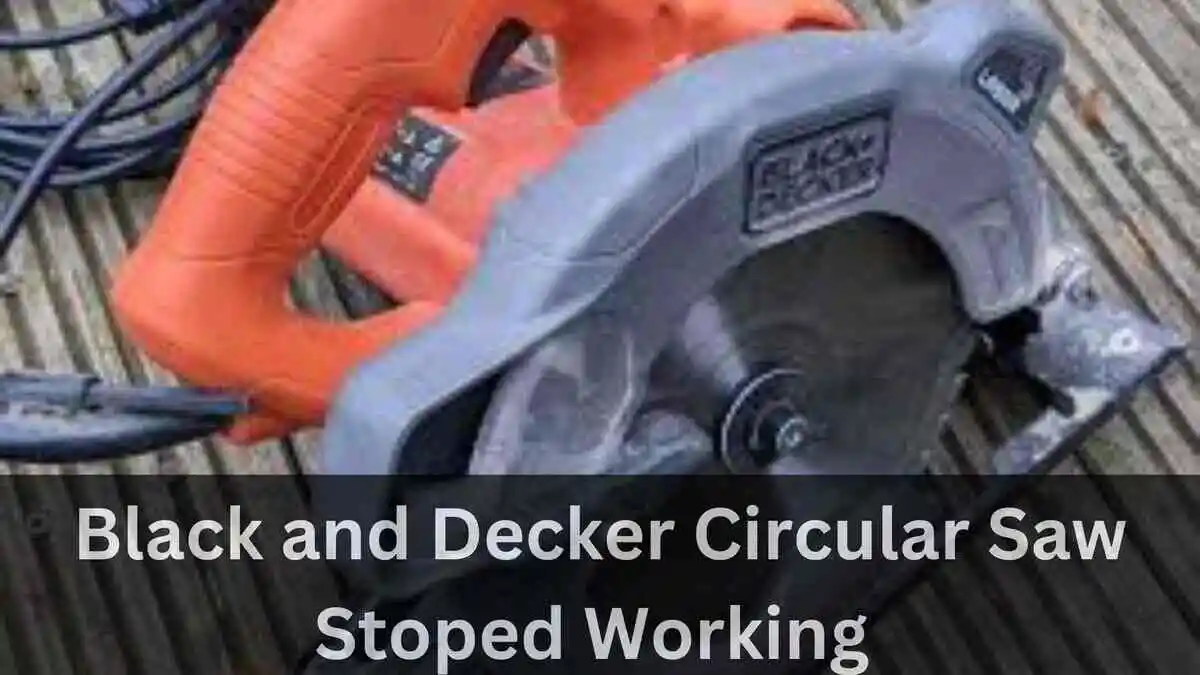Milwaukee corded drills are renowned for their durability and reliability, making them indispensable tools for professionals and DIY enthusiasts alike. However, like any power tool, a Milwaukee corded drill can encounter issues that may leave you scratching your head.
One of the most frustrating situations is when your milwaukee drill stopped working. In this comprehensive guide, we’ll explore the milwaukee drill problems and provide practical solutions to get your Milwaukee corded drill up and running again. Certainly, let’s delve deeper into the common issues and when a milwaukee drill not working.
First Thing First:
Early Problem: if you are facing issues with brand new milwaukee drill not working, it’s crucial to refer to the user manual for troubleshooting tips. Should the problem persist and a refund option is available, consider returning it within the stipulated timeframe.
If the refund period has expired but the drill is still under warranty, it is advisable to avail warranty coverage, if applicable.
Lifespan Consideration: Typically, drills have a lifespan ranging from 8 to 25 months, depending on the price, assuming a weekly usage of 26 hours. If you’ve exceeded this usage duration, it is recommended to explore acquiring a new drill for optimal performance.
Milwaukee Drill Stopped Working (10 Fixes)
1. Battery Issues:
The Lithium-Ion battery housed within these drills possesses a finite lifespan, with regular usage accelerating its wear and tear. Conversely, sporadic use or extended periods of inactivity may result in the battery losing its charge and effectiveness. This particular issue, where the Black and Decker drill fails to charge, can manifest as intermittent stops or unexpected starts during operation.
To ascertain whether a problem exists, begin by inspecting the battery and its connections. Confirm that the battery is correctly inserted into the drill, as improper placement can lead to sporadic stops.
Additionally, employ a multimeter to gauge the battery voltage. A fully charged battery should exhibit a reading at least 1 volt higher than the specified voltage indicated on the battery label. For instance, an 18-volt battery should register at 19 volts or higher. Should the voltage reading match or fall below the marked voltage, it is advisable to contemplate replacing the battery.
If your drill battery is charged but not functioning, explore other potential causes listed below. However, if a faulty battery is suspected, consider procuring a replacement battery.
2. Chuck Malfunction:
An additional factor contributing to your drill’s non-performance could be a jammed chuck. It’s crucial to note that an improperly fitting drill bit can impede the drill’s rotation, often stemming from issues with the chuck. To address this, use two pliers to rotate the chuck in opposite directions until it loosens.
If required, contemplate replacing the drill chuck. Furthermore, scrutinize the chuck key to verify its proper functioning. In the event of any malfunction, consider acquiring a replacement drill chuck key.
3. Charging Problems:
Furthermore, consider attempting an overnight charge for the drill to check if it resolves the issue. If the drill runs for a period but then unexpectedly stops, two potential problems may be at play: one with the battery, as previously mentioned, and the other with the charger, specifically a malfunctioning Black and Decker charger. If necessary, acquire a replacement charger.
Two issues could impact the charger: it might be damaged or supplying insufficient voltage. If your drill isn’t charging, take a moment to inspect the charger. Ensure that the charger cable is securely connected and free from damage. If the drill’s charging port is not the culprit, contemplate replacing the charger after confirming the cable’s good condition.
If the cable appears intact, the issue might be with the charging port. Refer to a guide or seek professional assistance to replace the charging port if necessary.
4. Torque Issues:
If your drill is showing signs of slow spinning or encounters difficulties even with lightweight materials, try addressing the issue by adjusting the torque settings. Rotate the ring situated behind the chuck to a higher setting.
If this adjustment doesn’t rectify the problem, examine the battery to ensure it is fully charged. A low battery level can lead to sluggish drill performance.
5. Trigger Switch Issues:
The trigger functions as the gateway to your drill’s power. If battery-related issues have been eliminated, shift your focus to the trigger. If, despite pulling the trigger, the drill remains silent, the trigger could be the culprit.
For a more in-depth examination, remove the battery and measure the resistance between its contacts while pressing the trigger. There should be some resistance, neither too low nor too high. If you obtain an exceptionally high reading, scrutinize the trigger by disassembling the drill motor and checking the ohms through the trigger posts. It should read zero when pressed and infinite when not. If you prefer a less detailed check, follow these steps:
To troubleshoot a malfunctioning trigger switch in your Black and Decker drill, follow these steps:
- Check the Trigger Lock: Ensure that the trigger lock is disengaged. If activated, unlock it by moving the lock to the open position.
- Inspect the Trigger: Confirm that the trigger is not jammed. If it is, release it by pressing the trigger button.
- Clean the Trigger Switch: Use a contact cleaner to eliminate any dirt or debris causing the trigger switch issue.
- Test the Trigger Switch: Operate the trigger switch and listen for a distinct clicking sound. If the switch fails to engage or disengage properly, it may need replacement.
If cleaning the trigger switch fails to resolve the issue, consider replacing it. You can purchase a replacement switch mechanism and follow the manufacturer’s instructions for installation. Before opting for a new drill switch, make sure you have explored other potential solutions.
6. Armature Check:
If your drill machine has ceased functioning or encounters interruptions during spinning, a potential solution involves examining the drill’s armature. The armature comprises several coils wound around an iron cylinder with surrounding magnets (as depicted in the provided image).
Inspect the armature to ascertain if it is loose within the magnets. Additionally, scrutinize the condition of the coils wound around it. This can be evaluated by observing any sparks or unusual smells during operation.
If issues with the armature are detected, it is advisable to seek professional assistance for the rewinding of the copper coils. Alternatively, for those with the requisite knowledge, the option to undertake the rewinding process personally exists; in such cases, acquiring a new armature matching the drill’s voltage is recommended.
7. Broken Magnets:
While the magnets in the drill’s armature are typically designed for lifelong durability, there is a chance they may break. If your drill is not spinning, this could be linked to magnet or armature issues.
Carefully inspect the magnets on the drill armature to identify any breakages. If broken magnets are found, it is recommended to purchase a complete armature replacement. This replacement should effectively address the issue and restore the drill to proper functionality.
8. Carbon Brush Broken:
When a drill machine ceases to function, various reasons may contribute to the issue. One potential culprit is the condition of the carbon brushes.
Resembling black rods situated around the commutator bar, these brushes can wear out over time, resulting in reduced power or complete drill failure.
If you observe signs of wear or damage in the carbon brushes, it is advisable to replace them with compatible ones to restore the drill’s performance.
9. Overheating and Thermal Overload:
The drill stops working unexpectedly, especially during prolonged use or in high-temperature conditions.
Cool Down the Drill: If the drill shuts off due to overheating, turn it off and allow it to cool down. Overheating can damage internal components, and the drill’s built-in thermal overload protection is designed to prevent this.
Work in a Cooler Environment: If possible, move to a cooler work area to reduce the risk of overheating. High-temperature conditions can put additional strain on the drill’s motor, causing it to shut down for safety.
Inspect Ventilation: Ensure that the drill’s ventilation slots are clear and not obstructed by dust, debris, or foreign objects. Adequate ventilation is essential for heat dissipation and preventing overheating.
10. Worn Brushes:
The drill’s motor stops running, and you suspect it might be due to worn carbon brushes. Access the carbon brushes within the motor housing, typically located near the back of the drill.
If the brushes are excessively worn down, they can inhibit electrical contact and cause motor failure. In such cases, it’s necessary to replace the brushes with compatible ones designed for your Milwaukee drill model.
Conclusion:
Experiencing a Milwaukee corded drill that ceases to function can be perplexing, but by systematically addressing potential causes and following proper troubleshooting steps, you can often pinpoint and rectify the issue. Regular maintenance and responsible usage of your drill can help mitigate many common problems, extending its lifespan and ensuring reliable performance.
Always prioritize safety when working with power tools, and if all else fails, don’t hesitate to seek professional assistance from authorized Milwaukee service centers to ensure the longevity and functionality of your drill. By taking these steps, you can trust that your Milwaukee corded drill will continue to be a valuable tool for your projects.
